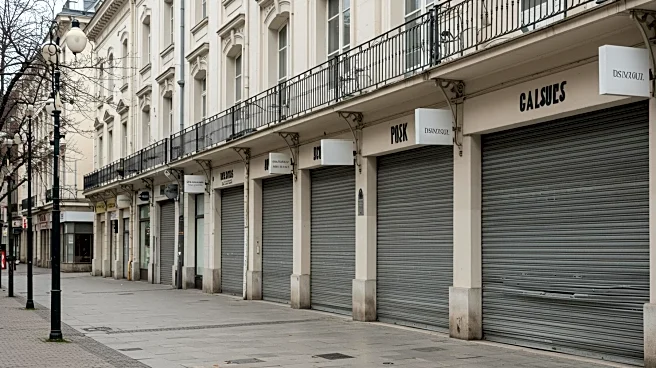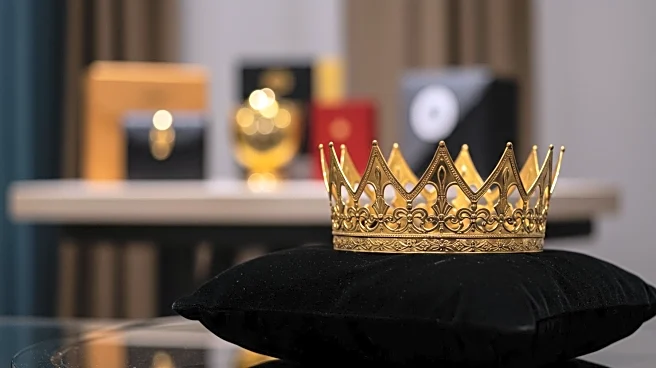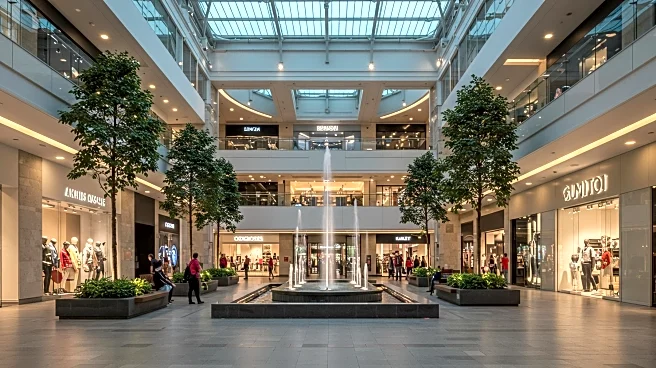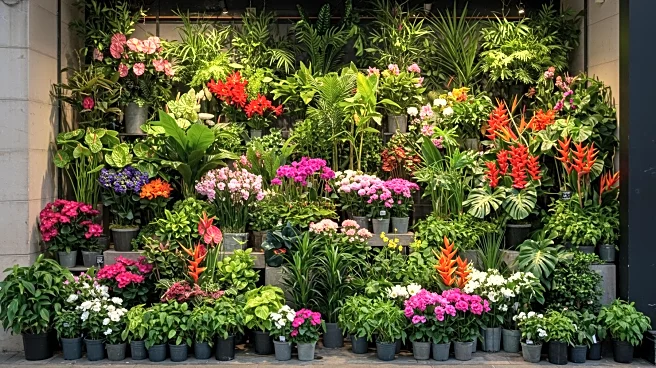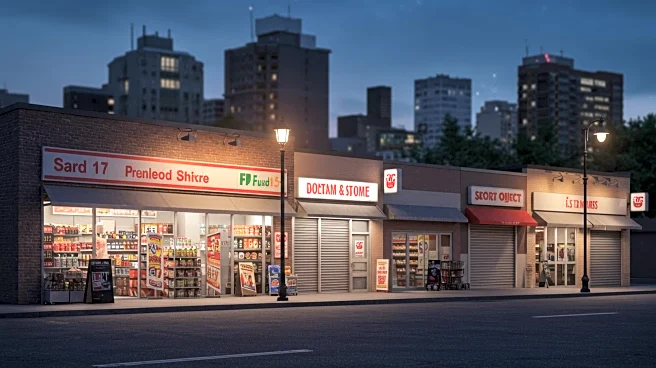Rapid Read • 9 min read
The luxury sector is currently experiencing an unprecedented level of excess inventory, with stock levels reportedly 35 percent higher than two years ago. This situation is creating significant opportunities for off-price retailers such as TJMaxx, Ross, and Loehmann's, which are able to capitalize on the surplus. Tom Ott, a former senior merchant at Saks Fifth Avenue and current off-price consultant, highlights that many luxury brands have lost their way by focusing on trends rather than their heritage, leading to faltering sales. The increase in price points has also made luxury goods less accessible to aspirational buyers, contributing to the sector's struggles. Despite these challenges, Ott remains optimistic about the future of luxury, predicting a resurgence driven by new designers and ideas that appeal to younger consumers.
AD
The current state of the luxury market has significant implications for both luxury brands and off-price retailers. For luxury brands, the excess inventory and declining sales highlight the need to reassess their strategies and reconnect with their heritage to regain consumer interest. This situation also underscores the importance of multibrand retailers and department stores in the fashion ecosystem, as they play a crucial role in customer acquisition and brand discovery. On the other hand, off-price retailers stand to benefit from the surplus inventory, allowing them to offer high-quality luxury goods at more accessible price points. This shift could lead to increased competition in the retail sector, as consumers seek value and quality in their purchases.
Looking ahead, luxury brands may need to innovate and adapt to changing consumer preferences to recover from their current challenges. This could involve introducing new designers and styles that resonate with younger audiences, as well as reevaluating pricing strategies to make luxury goods more attainable. Off-price retailers are likely to continue expanding their offerings and locations, as seen with the planned pop-up Loehmann's stores. The revival of Loehmann's, backed by Century 21, aims to bring back the excitement of shopping and could set a precedent for other off-price ventures. As the luxury sector navigates these changes, stakeholders will need to balance e-commerce growth with the importance of brick-and-mortar experiences.
The luxury sector's current predicament may lead to broader shifts in consumer behavior and retail strategies. As luxury brands grapple with excess inventory and changing consumer preferences, there could be a renewed focus on sustainability and ethical production practices. This shift may also encourage brands to explore innovative ways to engage with consumers, such as personalized shopping experiences and digital platforms. Additionally, the rise of off-price retailers could democratize access to luxury goods, challenging traditional notions of exclusivity and luxury consumption.
AD
More Stories You Might Enjoy


